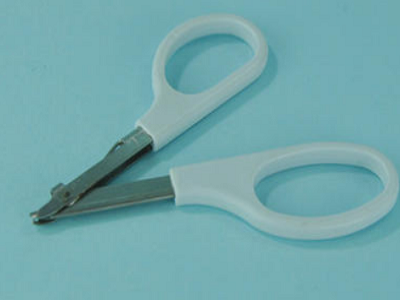Operation method of stapler
Stapler is the first stapler in the world. It has been used for gastrointestinal anastomosis for nearly a century. It was not until 1978 that tubular stapler was widely used in gastrointestinal surgery. It is generally divided into one-time or multiple use staplers, imported or domestic staplers. It is a kind of equipment used in medicine to replace the traditional manual suture. Due to the development of modern science and technology and the improvement of manufacturing technology, the stapler used in clinical practice has the advantages of reliable quality, convenient use, tightness and suitable tightness. In particular, it has the advantages of fast suture, simple operation and few side effects and surgical complications. It also enables the focus removal of unresectable tumor surgery in the past.
Stapler is a medical device that replaces manual suture. Its main working principle is to use titanium nails to break or anastomose tissues, which is similar to a stapler. According to the different scope of application, it can be divided into skin stapler, digestive tract (esophagus, gastrointestinal, etc.) circular stapler, rectal stapler, circular hemorrhoid stapler, circumcision stapler, vascular stapler, hernia stapler, lung cutting stapler, etc.
Compared with traditional manual suture, instrument suture has the following advantages:
1. simple and convenient operation, saving operation time.
Single use to avoid cross infection.
Use titanium nail or stainless steel nail (skin stapler) to sew tightly with moderate tightness.
It has few side effects and can effectively reduce surgical complications.
The use method of the stapler is explained by intestinal anastomosis. The proximal intestine of the anastomosis is sutured with a purse, placed in a nail seat and tightened. The stapler is inserted from the far end, pierced out of the stapler center, connected with the central rod of the proximal stapler against the nail seat, rotated close to the distal and proximal intestinal wall, and the distance between the stapler against the nail seat and the base is adjusted according to the thickness of the intestinal wall, It is generally 1.5 ~ 2.5cm or the hand rotation is tight (there is an tightness indicator on the handle) to open the fuse;

Squeeze the closure anastomosis wrench firmly, and the sound of "click" means that the cutting and anastomosis are completed. Do not exit the stapler temporarily. Check whether the anastomosis is satisfactory and whether other tissues such as mesentery are embedded in it. After corresponding treatment, loosen the stapler and gently pull it out from the distal end to check whether the distal and proximal bowel resection rings are complete.
Stapler precautions
(1) Before operation, check whether the scale is aligned with the 0 scale, whether the assembly is correct, and whether the push piece and tantalum nail are missing. The plastic washer shall be installed in the needle holder.
(2) The broken end of the bowel to be anastomosed should be fully free and stripped for at least 2 cm.
(3) The needle spacing of purse string suture shall not exceed 0.5cm, and the margin shall be 2 ~ 3mm. Too much tissue is easy to be embedded in the stoma, hindering the anastomosis. Be careful not to omit the mucosa.
(4) According to the thickness of the intestinal wall, the interval should be 1 ~ 2 cm.
(5) Check the stomach, esophagus and other adjacent tissues before firing to prevent them from entering the anastomosis.
(6) The cutting shall be fast, and the final pressure shall be applied to make the seam nail into a "B" shape, so as to strive for one-time success. If it is considered to be inaccurate, it can be re cut again.
(7) Exit the stapler gently, and check whether the cut tissue is a complete ring.
Post time: Jun-24-2022





